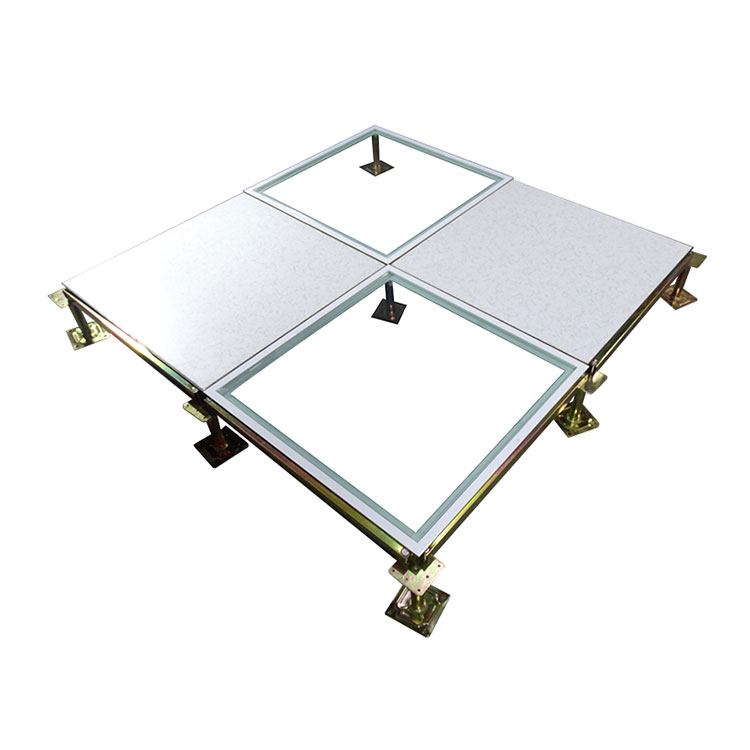How to Maintain Full Steel Anti-static Electric Movement Flooring?
2025-08-04
 Full steel anti-static electric movement flooring is a modular flooring system constructed from welded stamped steel plates, filled with lightweight fillers, and surfaced with a composite electrostatic conductive material. Its functional maintenance focuses on ensuring the integrity of the static dissipation path and structural stability.
Full steel anti-static electric movement flooring is a modular flooring system constructed from welded stamped steel plates, filled with lightweight fillers, and surfaced with a composite electrostatic conductive material. Its functional maintenance focuses on ensuring the integrity of the static dissipation path and structural stability.
Regular resistance tests are required at the joints of the surface veneer of full steel anti-static electric movement flooring. If the potential difference between adjacent floor panels exceeds the specified limit, the oxide layer on the conductive adhesive strips should be cleaned. A microohmmeter should be used to verify the path resistance at the grounding copper foil grid nodes. Abnormal jumps indicate loose jumper terminals. Silicon-based compounds should not be used in cleaning agents to prevent the insulating film from covering the conductive path.
The locking status of the floor support casters should be inspected monthly to prevent horizontal movement of the full steel anti-static electric movement flooring caused by equipment vibration. Load distributing pads should be installed in heavy equipment areas to prevent single-point pressure from causing plastic deformation of the steel plate. Floor flanges and bends should be inspected for fatigue cracks. Signs of rust require peeling and nondestructive testing.
So, how should we deal with environments with large temperature and humidity fluctuations?
In high-humidity environments, increase the frequency of DC impedance testing of ground paths to prevent breakage of full-steel anti-static electric movement flooring due to electrolytic corrosion. Flooring joints in air conditioning vent areas should be sealed to prevent condensation from penetrating the packing layer. During peak static voltage periods in dry seasons, use ionizing fans to compensate for surface charge dissipation.




